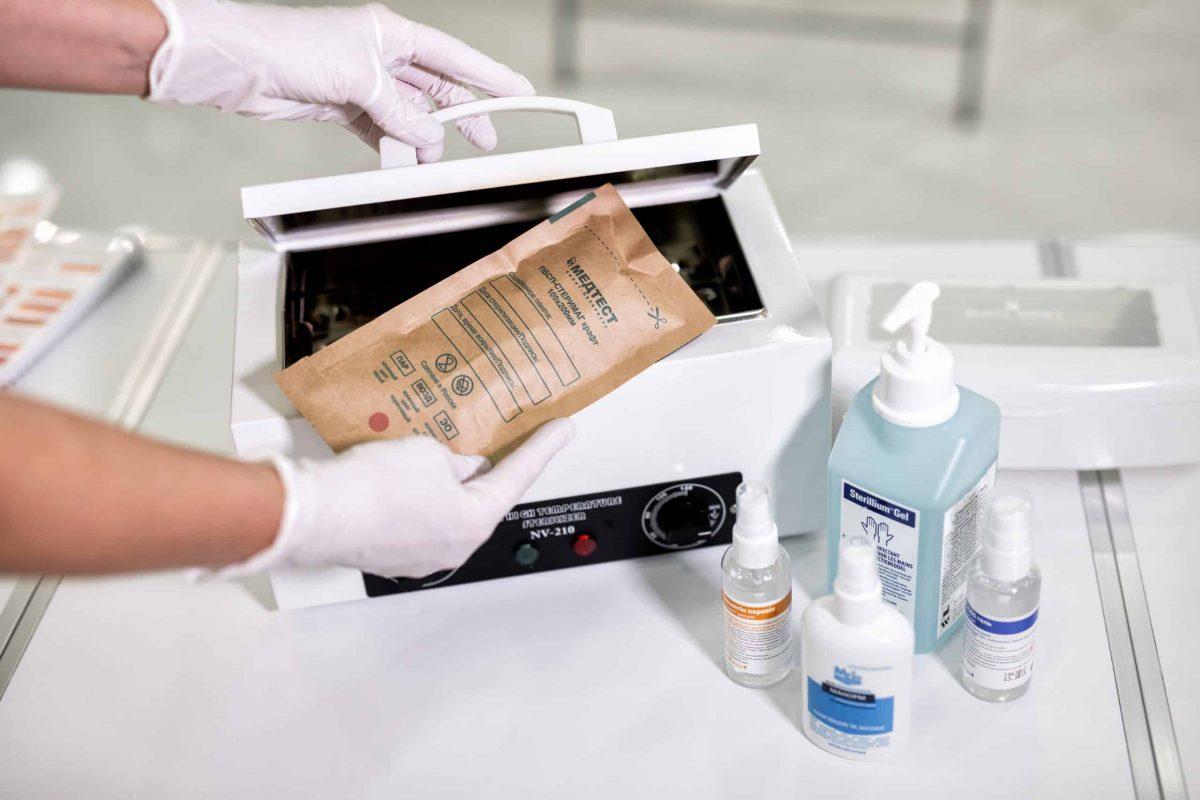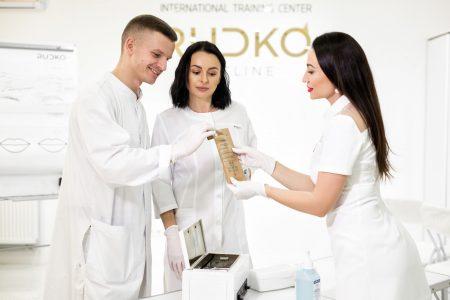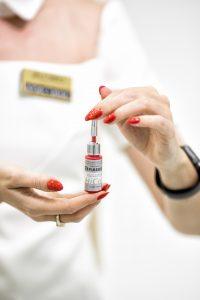
09 Dec Is Permanent Makeup Safe For Your Health?
Permanent makeup (PM) gives you the opportunity to work, exercise, dance and wake up in the morning with beautiful lips, perfect eyebrow shape and excellent eyeliner. Nothing will stop progress, including this most important invention in the modern beauty industry. In the hands of an experienced practitioner and in a salon that complies with aseptic requirements, the procedure is generally safe. However, with the growth of the permanent makeup industry, there are many unskilled masters on the market. Like any procedure involving intervention in the the skin integrity, PM is also associated with some contraindications and risks.

Permanent makeup is a type of micropigmentation, and it also includes medical areola restoration, imitation of hair (trichopigmentation), elimination of defects from scars and vitiligo. They are essentially similar procedures which are used for different purposes.
Permanent eyebrow makeup is the most popular service, followed by eyelid and lip permanent. Some practitioners offer tattooing blush and eyeshadow, but this procedure involves processing a large surface area, which is difficult and requires a lot of experience to achieve uniformity of color.
Most procedures are performed after an anesthetic is applied to the skin. In addition to the initial procedure, an additional ones may be required. Usually they are performed not earlier than one and not later than three months.
Possible complications
Allergic reactions to quality pigments are rare, but remember that every time you implant foreign substance into your skin, it can lead to unexpected allergic responses. Therefore, it is imperative to use quality certified pigments.
Make sure that the master does not use “noname” pigments of questionable origin. Removing pigments from the skin in the event of an allergic reaction is not easy. Iron oxide pigments rarely cause allergic reactions, it is the safest pigment. Plant-based dyes, organic substances are more dangerous.
Another possible side reaction is the formation of granulomas or keloids, which are structures that form around a foreign substance. Keloid scars are more likely to appear when permanent makeup is removed than when it is applied (the exception is microblading). Therefore you should give a lot of attention to find experienced master for removing unsuccessful permanent makeup.
Allergies to pain relief medications during PM procedures are also not uncommon. Considering the fact of the widespread use of anesthetics by PM masters, one should be very careful about possible complications. Therefore, it is very important to choose only proven and clean anesthesia during PM procedures.
How actually permanent is “permanent” makeup?
In the overwhelming majority of cases, there is a significant discoloration of permanent makeup every year and it is necessary to repeat the procedure after a year or two. However, this is directly related to the composition of the pigment and the depth of its immersion, so some girls who did the procedure 10 years ago still see the pigment remnants and often of not very pleasant shades (blue, green, red) that need to be removed.
 The quality of the pigment is also important in this matter. Over time, some colors of inferior pigments can change and the result can be quite unpleasant. It often occurs when the “master” uses organic pigments of questionable quality with very small particle sizes. As a result, some of the elements are oxidized, while others do not enter into a metabolic reaction and are preserved. As a result, the color changes and must be removed. But when using high-quality pigments, there is always a 100% predictable result and predictable pigment yield.
The quality of the pigment is also important in this matter. Over time, some colors of inferior pigments can change and the result can be quite unpleasant. It often occurs when the “master” uses organic pigments of questionable quality with very small particle sizes. As a result, some of the elements are oxidized, while others do not enter into a metabolic reaction and are preserved. As a result, the color changes and must be removed. But when using high-quality pigments, there is always a 100% predictable result and predictable pigment yield.
Results sometimes not meet expectations
The biggest risk in any aesthetic procedure is a result that does not meet your needs. It is necessary to find such a specialist who has been working in this field for at least one year. You may have to search for a long time to find a skilled master. Remember: a laser or remover can help remove tattoo and permanent makeup, but they have their own side effects. The best option is to use the services of a trusted master to get a guaranteed result.
Conclusions – choose a salon responsibly
Would you trust to place pigments into your skin to someone whose only experience is distance learning? Or the “master” without experience at all and who even did not even study? Some beauty salons don’t comply with any rules, and this is really scary.
So what should you do? Make sure that the salon has certificates confirming that the master has received the necessary training. Equipment and materials must be of high quality, certified and manufactured by well-known manufacturers.
- Find out if the practitioner recognized as competent by the professional community. Participation in championships, victories in professional competitions at least confirm the competence in main procedures, methods and approaches.
- Ask to see the master’s portfolio. Pay attention to the reviews of his clients. Make sure the salon has a website with a long enough history, and that the photos are unique and not stolen from internet sources.
- Think about aesthetics, safety and comfort. Even if a permanent makeup artist is a doctor, he may know science, but not art. The best choice might be a specialist with a sense of taste and results that match your sense of beauty.
- To avoid contamination, make sure the technician uses sterile supplies. And follow the directions for caring for the permanent makeup area after the procedure.
- Remember: times change, but an aesthetically well-groomed face is always in fashion!


No Comments